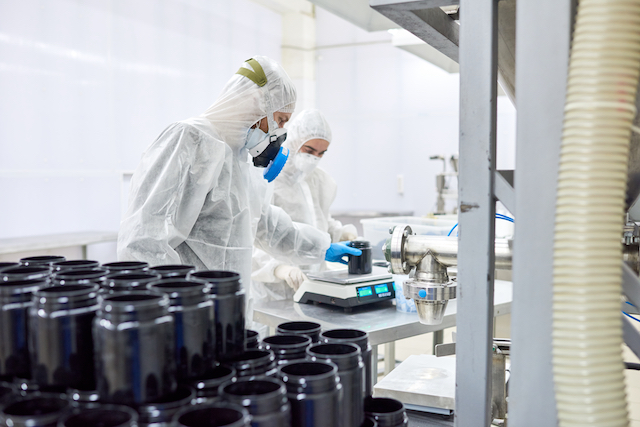
Improperly moving your calibrated balance could throw off your readings and possibly result in adverse results. Read on to learn more!
A lab balance is an essential piece of equipment in every lab, and it is important that it works correctly and gives you the accuracy that you need. While many people think nothing of moving their lab balance to another bench or spot in the laboratory entirely, this is something that should be done with proper planning. Moving your calibrated balance could throw off your readings and possibly result in adverse results for your experiments. We will explain more about these possible negative consequences and reveal the right protocols for moving your lab balances. Read on to learn more!
Issues with Moving Your Lab Balance
While it is acceptable to move around most equipment when needed, this isn’t the case for your lab balance. When it is calibrated, it is calibrated for the exact location it is located in. Moving it around could throw off the calibration entirely. Also, moving could result in damages to the load cell of the balances. The load cell is very sensitive to movement. Overloading can also occur and this is why it is crucial that no objects are ever placed on top of the balance while moving. Due to possible issues, you should only move your lab balance when necessary. For example, while cleaning up a spill, you should definitely consider trying to do so without moving your balance and disturbing it as little as you possibly can. Similarly, if you need space on your bench, make sure you try to keep your balance where it is. Most labs it is standard practice to have units recalibrated upon moving.
Make Sure Your New Location is Suitable
Before you move your balance, make sure you’re moving it to an ideal location. Some guidelines to follow are:
- Flat and stable surface
- Keep it away from any draft sources like air vents or frequently opened doors
- Do not place it near equipment that vibrates, like a centrifuge or fridge, sometimes a granite slab is required to reduce vibrations
- Make sure it is in a non-harsh environment. For example, higher humidity and extreme cold or hot should be avoided.
Lock Your Balance
Manufacturers are well aware of problems associated with moving balances, and a few build in a lock to protect their unit during movement. Once the lock is activated, the load and spring cells are disengaged so that movement forces will not affect them.
Pick Up Your Unit the Right Way and Level It
When you are ready to move the balance, it should be picked up underneath. Then, make sure the balance is level. Look at the level indicator, and adjust the feet until the balance is evenly leveled for your experiments.
As a standard rule of thumb, units may come uncalibrated upon relocation so it important to check to make sure readings are accurate. You can do this by using certified test weights or by having The Lab People come onsite to perform an ISO calibration.
FOR ALL LAB EQUIPMENT AND LAB NEEDS, CONTACT LAB PEOPLE TODAY
The Lab People Inc. is a trusted provider of laboratory equipment, services, supplies, and rental equipment for you and your laboratory. As an ISO 17025 accredited service organization, we stand behind our services with 100% satisfaction guaranteed for all of our customers. We are here to provide you with the best lab equipment service, equipment, and supplies.
For more information about how we can assist you, visit our website, email us, or give us a call at 1-800-296-2001!
Do not forget to follow us on Facebook, Twitter, and Linkedin!
